How to Write Polished Customer Service Emails That Work

Polished customer service emails are the cornerstone of building trust and loyalty with your audience. They reflect your brand’s professionalism and commitment to delivering a positive experience. Research shows that 59% of customers stop doing business with companies after repeated bad experiences, even if they love the product. On the other hand, 92% of businesses that invest in improving customer experience report better loyalty, with 84% seeing increased revenue.
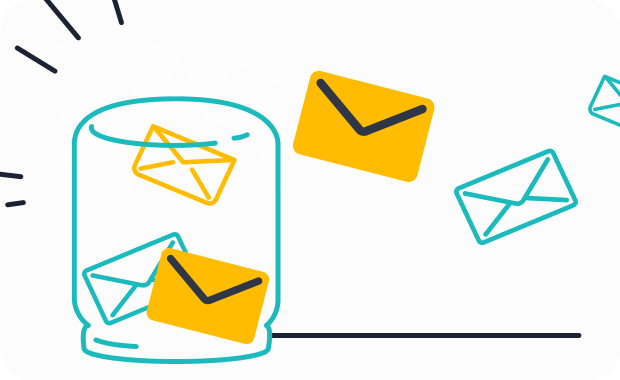
Professional customer service communication ensures clarity, empathy, and consistency, which are essential for fostering strong relationships. For example, tools like Sobot’s ticketing system streamline customer service by email, enabling you to provide timely and accurate responses. This not only enhances customer satisfaction but also improves operational efficiency. By prioritizing clarity and empathy in every customer service email, you create a lasting impression that strengthens your brand reputation.
What Defines a Professional Customer Service Email?
Characteristics of Effective Customer Service Emails
A professional customer service email stands out through its structure, tone, and content. It should address the customer’s concerns while maintaining clarity and professionalism. Here are the key characteristics:
| Key Criteria | Description |
|---|---|
| Clarity | Ensure the message is accurate, clear, and easy to read, using proper formatting and bullet points. |
| Professionalism | Avoid typos and errors to maintain credibility and professionalism in communication. |
| Empathy | Acknowledge the customer's issue and express gratitude for their patience and understanding. |
| Effective Communication | Provide a clear response, offer further assistance, and maintain a friendly yet professional tone. |
For example, a well-written customer service email includes a personalized greeting, a clear subject line, and a concise resolution. It concludes with a polite closing statement, offering further assistance if needed. These elements ensure the email is both effective and customer-focused.
Why Professionalism is Crucial in Customer Communication
Professionalism in customer communication builds trust and reflects your brand’s values. Research shows that 80% of customers consider their experience with a company as important as its products or services. A professional email demonstrates your commitment to quality and attention to detail, which reassures customers that their concerns matter.
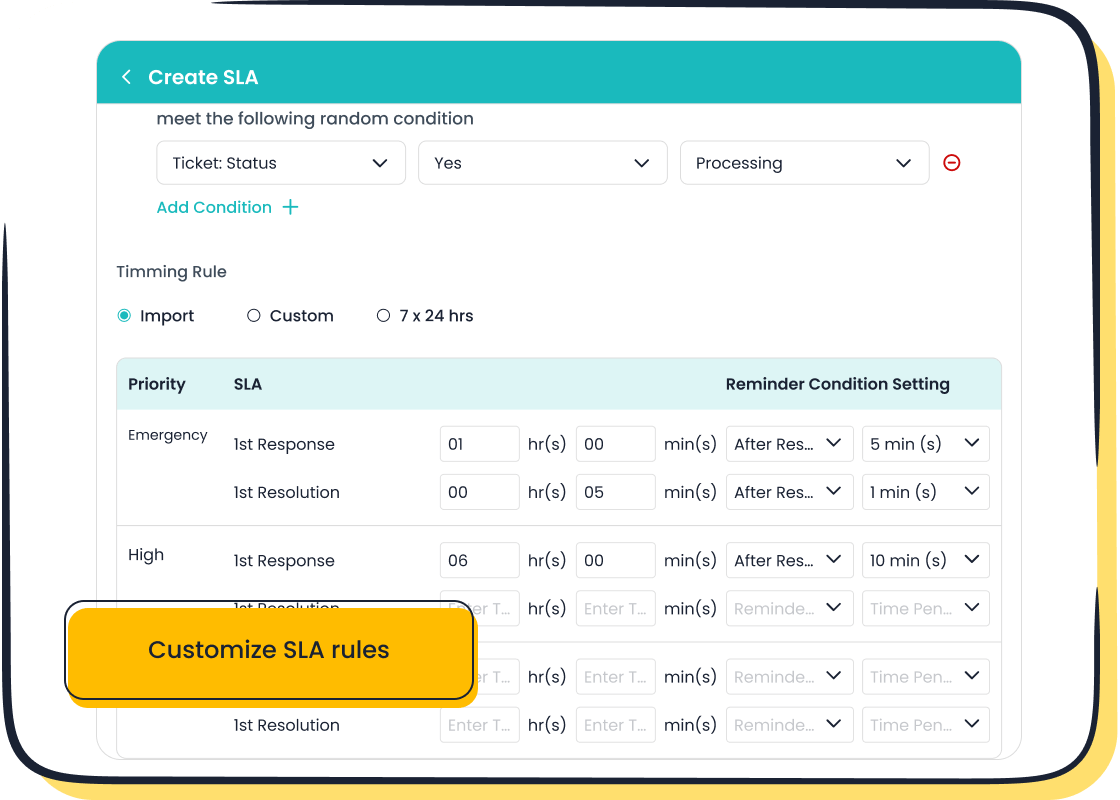
Consistency across all interactions is equally vital. According to studies, 76% of customers expect seamless communication across departments. Using tools like Sobot’s ticketing system ensures uniformity and professionalism in customer service by email. This system automates responses, reduces errors, and helps maintain a polished tone, even during high-volume periods.
The Role of Clarity, Empathy, and Tone in Writing Perfect Customer Service Emails
Clarity, empathy, and tone are the pillars of writing perfect customer service emails. Clear communication minimizes misunderstandings and ensures customers grasp the message effortlessly. For instance, using bullet points or numbered lists can make complex information more digestible.
Empathy fosters a connection with the customer. Acknowledging their frustrations and expressing understanding can turn a negative experience into a positive one. For example, phrases like “We understand how frustrating this must be” show that you value their feelings.
Tone sets the overall impression of your email. A friendly yet professional tone strikes the right balance, ensuring the customer feels respected and valued. Personalized emails, which have a 29% higher open rate, exemplify how tone can enhance engagement and satisfaction.
By mastering these elements, you can craft emails that not only resolve issues but also leave a lasting positive impression.
Tips for Writing Clear and Concise Customer Service Emails
Use Simple, Direct, and Jargon-Free Language
When writing a customer service email, clarity is your best ally. Customers often reach out when they are confused or frustrated, so your goal is to speak clearly and concisely. Avoid using technical jargon or overly complex terms that might alienate or confuse the reader. Instead, keep it simple by using straightforward language that even a ninth grader can understand.
For example, instead of saying, "Our system encountered a technical anomaly," you could say, "We had a technical issue." Breaking down information into smaller, digestible sections also improves comprehension. Use bullet points or numbered lists to organize details, especially when providing step-by-step instructions. This approach not only enhances readability but also ensures your message is accessible to a broader audience.
Structure Emails for Readability (Paragraphs, Bullet Points, etc.)
A well-structured email is easier to read and understand. Start with a clear introduction that acknowledges the customer’s concern. Follow this with a concise explanation or resolution, and end with a polite closing statement. Use short paragraphs to avoid overwhelming the reader with large blocks of text.
Incorporating formatting tools like bullet points and subheadings can make your email more skimmable. Research from the Nielsen Norman Group shows that users read only about 20% of the text on a page. By breaking down your email into manageable chunks, you ensure that key points stand out. For instance, if you’re explaining how to reset a password, a numbered list can guide the customer step by step, reducing the likelihood of follow-up questions.
Ensure the Subject Line is Clear and Relevant
The subject line is the first thing your customer sees, making it a critical component of your email. A clear and relevant subject line sets the tone for the entire interaction. Studies reveal that 47% of email recipients open emails based on the subject line, while 69% mark emails as spam if the subject line is misleading.
To craft an effective subject line, focus on summarizing the email’s purpose in a few words. For example, “Update on Your Refund Request” is more engaging and informative than “Important Information.” Personalized subject lines can also boost engagement. Emails with personalized elements have a 29% higher open rate, which can significantly improve customer satisfaction and response times.
By following these tips, you can ensure your customer service emails are clear, concise, and effective. Tools like Sobot’s ticketing system can further streamline the process by automating responses and organizing communication, allowing you to focus on delivering exceptional service.
Personalizing Customer Service Emails for Better Engagement
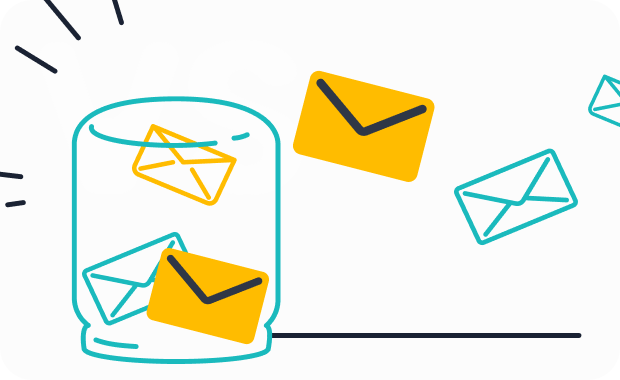
Address Customers by Name and Reference Specific Details
Personalization begins with the simplest yet most impactful gesture: addressing your customers by their name. Studies reveal that emails with personalized subject lines are 26% more likely to be opened. Including specific details, such as referencing a recent purchase or inquiry, further enhances the relevance of your message. For example, instead of a generic greeting like “Dear Customer,” use “Dear Alex” and mention their recent order, such as, “We noticed you recently purchased our AI-powered chatbot.”
This approach not only grabs attention but also fosters stronger relationships. Personalized emails demonstrate that you value your customers as individuals, which increases engagement and satisfaction. Tools like Sobot’s ticketing system make this process seamless by consolidating customer data into a unified platform. This allows you to craft responses that are both accurate and tailored to the customer’s needs.
Use a Friendly Yet Professional Tone
The tone of your customer service email significantly impacts how it is received. A friendly yet professional tone strikes the perfect balance between approachability and competence. Emails with this tone achieve a 27% reply rate, as they make customers feel respected and valued. For instance, instead of saying, “Your issue has been resolved,” you could say, “We’re happy to let you know that your issue has been resolved. Please let us know if there’s anything else we can assist you with.”
Short, clear sentences also improve response rates. Campaigns show that emails under 50 words have a 75% reply rate, while longer emails see a drop in engagement. Using bullet points for clarity and ensuring your tone matches the customer’s tone can further enhance the effectiveness of your communication.
Represent Your Brand Consistently in Every Email
Every customer service email is an opportunity to reinforce your brand identity. Consistency in tone, language, and visual elements ensures that your emails align with your brand’s values. For example, if your brand emphasizes innovation and efficiency, your emails should reflect these qualities through concise language and actionable solutions.
Sobot’s omnichannel solution simplifies this process by unifying communication across platforms. This ensures that your brand voice remains consistent, whether you’re responding via email, live chat, or social media. By maintaining this consistency, you build trust and create a cohesive customer experience that strengthens your brand reputation.
Showing Empathy and Understanding in Customer Support Emails
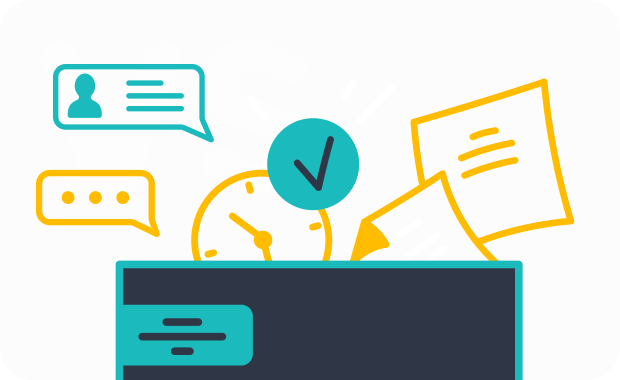
Acknowledge the Customer’s Concerns or Frustrations
Acknowledging a customer’s concerns is the first step in building trust and rapport. When you validate their frustrations, you show empathy and make them feel heard. For instance, if a customer writes about a delayed order, start your response by recognizing the inconvenience they experienced. A simple statement like, “We understand how frustrating it can be to wait longer than expected,” can immediately set a positive tone.
Personalization plays a key role here. Addressing customers by name and referencing their specific issue demonstrates attentiveness. Responding promptly also reinforces your commitment to resolving their concerns. For example, Sobot’s ticketing system allows you to track and manage customer inquiries efficiently, ensuring no concern goes unnoticed. This proactive approach not only resolves issues faster but also enhances customer satisfaction.
- Customers appreciate:
- Being addressed by name, which makes them feel valued.
- Prompt responses that show attentiveness.
- Follow-ups to confirm their issue has been resolved.
Use Empathetic Phrases to Build Rapport
Empathy is a powerful tool in customer support emails. Using empathetic phrases helps you connect with the customer on a human level. Phrases like, “We’re sorry to hear about your experience,” or “We truly understand how this situation has impacted you,” convey genuine care and concern. These statements reassure the customer that their feelings matter.
For example, if a customer contacts you about a technical issue, you could say, “We understand how important it is for you to have this resolved quickly, and we’re here to help.” This approach not only diffuses tension but also builds trust. Tools like Sobot’s omnichannel solution enable you to maintain a consistent tone across all communication channels, ensuring every email reflects your brand’s commitment to empathy and professionalism.
Avoid Defensive or Dismissive Language
Defensive or dismissive language can escalate a customer’s frustration. Instead, focus on solutions and maintain a positive tone. Avoid phrases like, “This isn’t our fault,” or “You misunderstood.” These statements shift blame and can damage your relationship with the customer.
Instead, reframe your response to show empathy and accountability. For example, if a customer misinterprets a policy, you could say, “We understand how this might have been unclear, and we’ll work on improving our communication to avoid confusion in the future.” This approach demonstrates your willingness to learn and improve, which customers value.
Sobot’s ticketing system can help you craft thoughtful responses by providing access to customer history and context. This ensures your replies are accurate, empathetic, and aligned with the customer’s expectations. By avoiding defensive language, you create a more positive and productive dialogue.
Addressing Customer Concerns Effectively
Read and Understand the Customer’s Inquiry Thoroughly
Before responding to a customer support email, take the time to fully understand the inquiry. Skimming through the message can lead to incomplete or irrelevant answers, which may frustrate the customer. Instead, read the email carefully, paying attention to specific details such as order numbers, dates, or previous interactions. This ensures you grasp the context and can address the issue effectively.
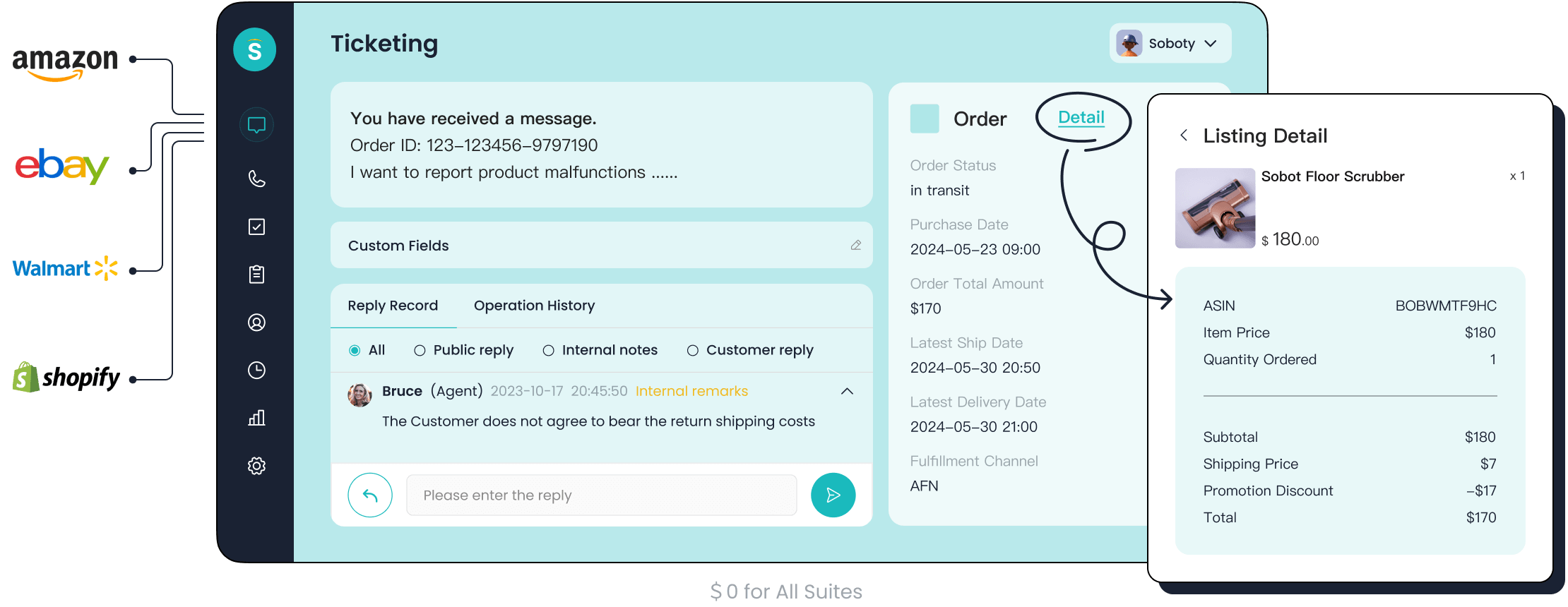
Using tools like Sobot’s ticketing system can simplify this process. The system consolidates all customer interactions into a unified platform, allowing you to access relevant information quickly. For example, if a customer asks about a delayed shipment, you can review their order history and provide an informed response. This approach not only saves time but also demonstrates your attentiveness.
Provide Clear, Complete, and Accurate Answers
When replying to a customer support email, clarity and accuracy are essential. Customers value straightforward answers that resolve their concerns without requiring additional follow-ups. Use simple language and avoid technical jargon to ensure your message is easy to understand. If the issue involves multiple steps, break them down into a numbered list for better readability.
Providing complete answers benefits both your business and the customer.
- A positive experience encourages repeat business, ensuring steady revenue.
- Enhanced service reduces acquisition costs and increases customer lifetime value.
- Outstanding support fosters satisfaction and loyalty, strengthening long-term relationships.
Sobot’s ticketing system supports this by offering features like canned responses and SLA management, ensuring your replies are both timely and accurate.
Anticipate Follow-Up Questions and Address Them Proactively
Proactive communication can prevent unnecessary back-and-forth emails. Anticipate potential follow-up questions by including additional details or next steps in your initial response. For instance, if a customer asks about a refund, explain the timeline and process in your reply. This not only saves time but also enhances the customer’s experience.
Sobot’s intelligent ticketing system helps you stay ahead by providing insights into common customer queries. By leveraging these tools, you can craft responses that address concerns comprehensively, leaving no room for confusion.
Proofreading and Polishing Your Customer Service Emails
Check for Grammar, Spelling, and Tone Consistency
Proofreading is a critical step in crafting a polished customer service email. Errors in grammar or spelling can undermine your professionalism and create confusion. Studies reveal that 65% of professionals consider spelling and grammar mistakes unacceptable in workplace communication, while 88% of respondents in the support industry view typos as unprofessional. These errors can negatively impact how customers perceive your brand.
To ensure consistency, review your email for clarity and coherence. Check for proper grammar and avoid regional spelling variations that might confuse your audience. For example, use "color" instead of "colour" if your audience is primarily American. Maintaining a consistent tone throughout your email reinforces your brand's professionalism. The table below highlights the importance of proofreading:
| Aspect | Importance |
|---|---|
| Spelling | Ensures clarity and avoids confusion with multiple accepted spellings. |
| Formatting | Maintains a professional appearance and aids readability. |
| Voice and tone | Consistency in voice enhances the overall message and professionalism. |
| Technical terms | Proper usage ensures clarity and understanding among the audience. |
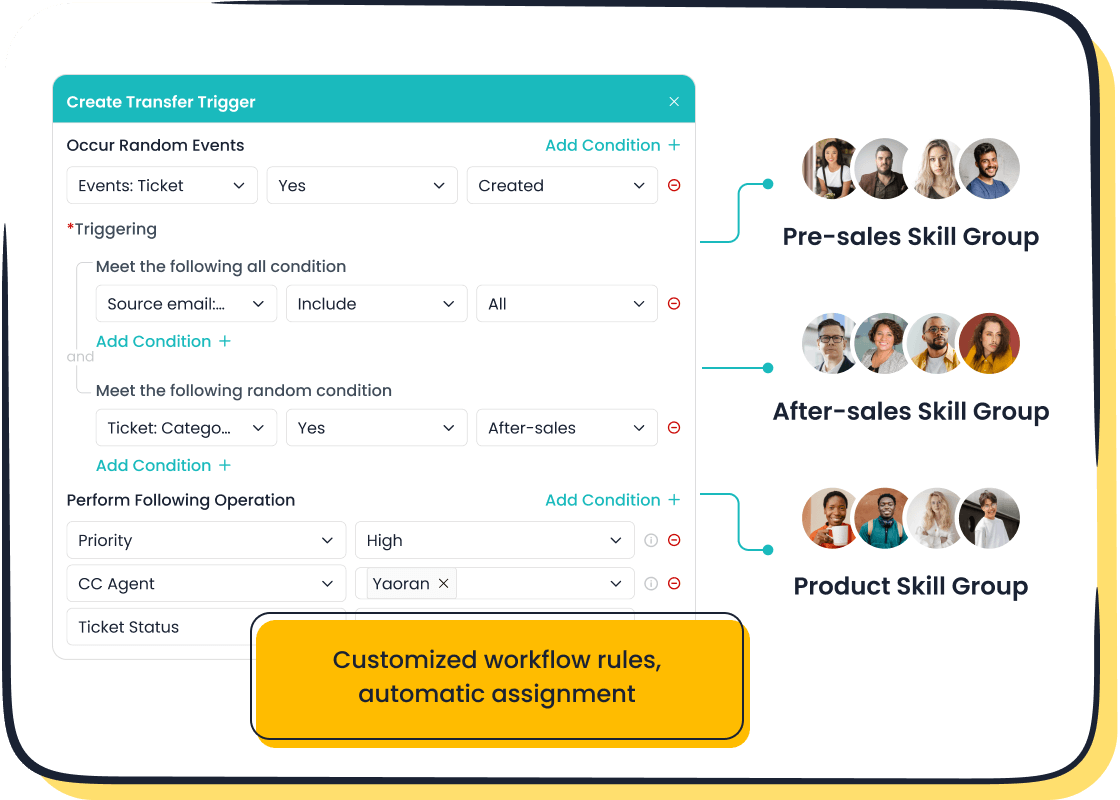
Use Tools or Templates for Consistency (e.g., Sobot Ticketing System)
Using tools and email templates can streamline your proofreading process and ensure consistency across all customer interactions. Templates save time by providing pre-written responses for common inquiries, reducing the likelihood of errors. For instance, Sobot’s ticketing system offers categorized templates that allow you to respond quickly while maintaining a professional tone. These templates are customizable, enabling you to tailor responses to specific customer needs.
Automation tools like Sobot also help maintain tone consistency by integrating pre-approved language into your emails. This ensures that every message aligns with your brand’s voice, whether you’re addressing a complaint or providing technical support. By leveraging these tools, you can focus on delivering exceptional service without worrying about inconsistencies.
Ensure the Email Aligns with the Customer’s Needs and Expectations
A polished email should always address the customer’s specific concerns. Before sending your response, ask yourself: Does this email resolve the issue? Does it meet the customer’s expectations? Personalization plays a key role here. Referencing specific details, such as an order number or previous interaction, demonstrates attentiveness and builds trust.
For example, if a customer inquires about a delayed shipment, your email should not only provide an update but also include an estimated delivery date and an apology for the inconvenience. Tools like Sobot’s ticketing system consolidate customer data, making it easier to craft responses that align with individual needs. This proactive approach minimizes follow-ups and enhances customer satisfaction.
Tip: Always read your email from the customer’s perspective before hitting send. This ensures your message is clear, empathetic, and aligned with their expectations.
Following Up and Closing the Loop in Customer Service Emails
Confirm the Resolution of the Issue
Following up to confirm the resolution of a customer’s issue demonstrates your commitment to their satisfaction. This step reassures customers that their concerns have been addressed and shows that you value their feedback. For example, after resolving a delayed shipment, you could send an email stating, “We’re happy to confirm that your order has been shipped and is expected to arrive on [date]. Please let us know if there’s anything else we can assist you with.”
Studies show that sending follow-up emails to check on customer satisfaction strengthens relationships and builds trust. Customers appreciate businesses that go the extra mile to ensure their problems are resolved. Tools like Sobot’s ticketing system make this process seamless by consolidating customer interactions, enabling you to track resolutions and send timely follow-ups. This proactive approach enhances your brand’s reputation for reliability and care.
Offer Additional Assistance if Needed
Offering additional assistance in your follow-up emails keeps communication channels open and demonstrates genuine care for the customer experience. A simple statement like, “If you have any further questions or need help with anything else, feel free to reach out,” can make a significant impact. This gesture shows that you’re not just closing a ticket but are invested in the customer’s long-term satisfaction.
Metrics such as Customer Retention Rate and Repeat Purchase Rate highlight the importance of this practice. Excellent customer service fosters loyalty, and follow-up emails play a crucial role in achieving this. Sobot’s omnichannel solution supports this by providing a unified workspace where agents can easily manage follow-ups across multiple channels. This ensures that every interaction reflects your brand’s commitment to exceptional service.
Thank the Customer for Reaching Out
Expressing gratitude in your follow-up emails leaves a lasting positive impression. A simple “Thank you for bringing this to our attention” or “We appreciate you giving us the opportunity to assist you” can make customers feel valued. Research shows that customers who feel appreciated are willing to pay up to 16% more for products and services.
Closing the loop with a thank-you message also reinforces the importance of customer feedback. It shows that you view their input as an opportunity to improve. For example, Sobot’s ticketing system allows you to personalize thank-you emails by referencing specific details, such as the issue resolved or the product purchased. This personal touch strengthens relationships and encourages loyalty.
Tip: Always end your follow-up emails with a polite thank-you note. It’s a small gesture that can have a big impact on customer satisfaction.
Examples of Well-Written Customer Service Emails
Responding to a Complaint with Empathy
Empathy is the cornerstone of resolving customer complaints effectively. A well-crafted email should acknowledge the customer’s frustration, validate their feelings, and offer a solution. For instance, if a customer reports a damaged product, your response could include phrases like, “I understand your concerns and assure you we’re working relentlessly to fix this.” This approach builds trust and diffuses tension.
Empathetic responses also improve customer satisfaction. Studies show that acknowledging emotions can prevent escalation and foster positive interactions. For example, consider this email template:
Subject: Apologies: Refund and gift card for your damaged item
Dear [Customer First Name],
I’m very sorry your package arrived damaged. I’d like to offer you a refund for the damaged items and a gift card for future use.
Sincerely, [Your First Name]
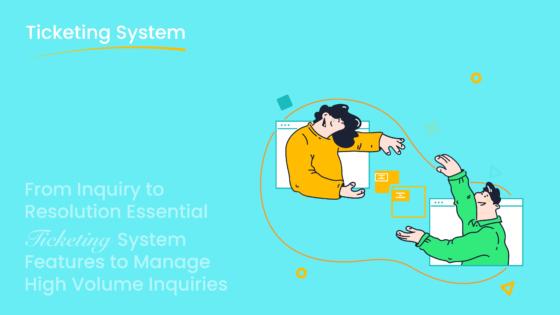
Using tools like Sobot’s ticketing system ensures you can track complaints efficiently and respond promptly. This system consolidates customer data, enabling you to personalize responses and maintain a professional tone.
Providing Technical Support Using the Sobot Ticketing System
Technical support emails should provide clear, actionable steps to resolve the issue. Testing solutions before suggesting them ensures accuracy and avoids customer frustration. For example, if a customer needs help updating their account details, your email could include a step-by-step guide:
Subject: Easy steps to update your credit card information
Hi [Customer First Name],
Thanks for contacting us about changing the credit card on your account. Follow these steps:
- Click the My Account icon.
- Select Payment Methods.
- Enter your new credit card details and save changes.
Best, [Your First Name]
Sobot’s ticketing system enhances this process by automating ticket creation and routing. It also provides features like canned responses and SLA management, ensuring your emails are both timely and professional. According to Grammarly, error-free communication boosts credibility, making tools like Sobot invaluable for maintaining high standards.
Issuing a Refund or Apology with Professionalism
Refund or apology emails must balance professionalism with sincerity. Start by acknowledging the issue and expressing regret. For example, “I value your understanding. We’re doing our best to sort this out swiftly.” Then, outline the resolution clearly. A sample email might look like this:
Subject: Refund Processed for Your Recent Order
Dear [Customer First Name],
I’m sorry for the inconvenience caused by the delay in your order. We’ve processed a refund of $50 to your account. It should reflect within 3-5 business days. Please let us know if there’s anything else we can assist you with.
Sincerely, [Your First Name]
Sobot’s ticketing system simplifies refund management by integrating customer data and automating workflows. This ensures accurate and efficient resolutions, enhancing customer satisfaction. Personalized emails like these demonstrate your commitment to resolving issues professionally.
Best Practices for Writing Perfect Customer Service Emails
Use Templates Wisely and Customize When Necessary
Templates are invaluable for maintaining consistency and saving time in customer service emails. However, using them effectively requires a balance between standardization and personalization. Customers expect interactions that feel genuine, with 76% valuing consistent communication across departments. While templates provide a foundation, customizing them to address specific customer concerns enhances engagement and satisfaction.
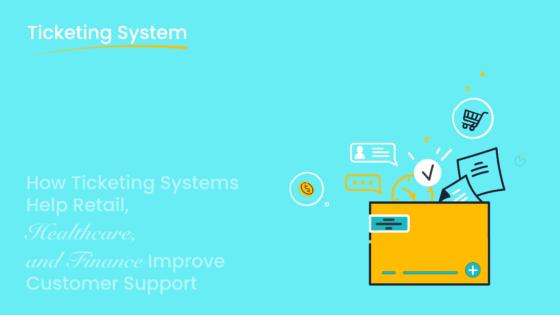
For example, a promotional email from Bolt clearly highlights benefits for work travelers, while an order update email from Temu reassures customers with delivery incentives and anti-fraud reminders. These examples demonstrate how tailored templates can improve clarity and align with brand identity. Sobot’s ticketing system supports this by offering categorized customer service templates that agents can personalize based on customer data. This approach ensures your emails remain professional while addressing individual needs.
Tip: Personalize templates by including the customer’s name, referencing their inquiry, and using a friendly tone. This small effort can significantly enhance the customer experience.
Maintain Consistency Across Team Members
Consistency in tone, language, and style across your team ensures a seamless customer experience. Analytical reports reveal that over 75% of contributors believe such reports improve team alignment and communication. When every team member adheres to the same standards, customers receive uniform responses, which builds trust and reinforces your brand’s professionalism.
Sobot’s omnichannel solution simplifies this process by unifying communication across platforms. It provides a centralized workspace where agents can access customer history and pre-approved templates. This ensures that every email reflects your brand’s voice, regardless of the channel or agent handling the interaction. Consistency not only enhances customer satisfaction but also streamlines internal operations.
Tip: Conduct regular training sessions to familiarize your team with brand guidelines and tools like Sobot’s analytics. This ensures everyone stays aligned and delivers consistent service.
Monitor Email Performance Using Tools like Sobot’s Analytics
Tracking email performance is essential for identifying areas of improvement and optimizing your customer service strategy. Metrics such as response time, resolution rate, and customer satisfaction scores provide valuable insights. For instance, analyzing open rates and reply rates can help you refine subject lines and email content.
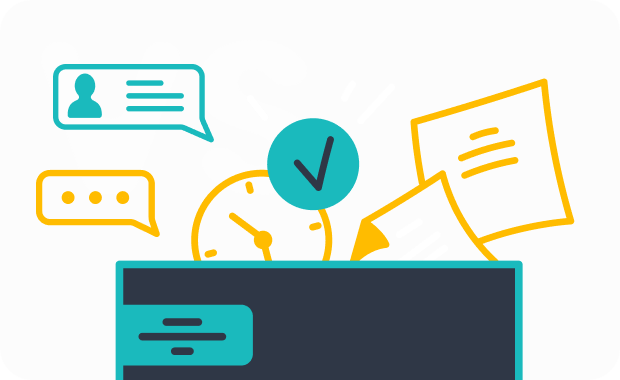
Sobot’s analytics tools enable you to monitor these metrics effortlessly. By consolidating data from various channels, the platform offers a comprehensive view of your team’s performance. This allows you to identify trends, address bottlenecks, and implement data-driven improvements. For example, if response times are lagging, you can adjust workflows or provide additional training to your team.
Tip: Use analytics to set measurable goals for your team, such as reducing response times by 10% or increasing customer satisfaction scores. Regularly review these metrics to ensure continuous improvement.
Polished customer service emails are essential for fostering trust and loyalty. They rely on four key elements: clarity, empathy, personalization, and professionalism. Companies that prioritize customer-centric communication are 1.5 times more likely to exceed sales targets. Personalized messages and active listening strengthen relationships by addressing specific needs.
Refined emails also enhance loyalty and brand reputation. Research shows that 92% of businesses improving customer experience report better retention, while 84% see revenue growth. When customers feel valued, they trust your brand and remain loyal.
When your customers have a positive experience interacting with your company, it leaves them with a favorable image of your business, ultimately building a strong brand reputation.
Practice and refine your email-writing skills to deliver exceptional service. Tools like Sobot’s ticketing system can streamline communication, ensuring every email reflects your commitment to excellence. By mastering polished communication, you create lasting impressions that elevate your brand.
FAQ
What is the best way to start a customer service email?
Begin with a personalized greeting. Address the customer by name and thank them for reaching out. For example, “Dear Alex, thank you for contacting us about your recent order.” Personalization builds rapport and sets a positive tone for the rest of the email.
How can I ensure my customer service emails are clear?
Use simple language and avoid jargon. Break information into short paragraphs or bullet points. For instance, Sobot’s ticketing system allows you to organize responses with pre-filled templates, ensuring clarity and consistency in communication.
Why is empathy important in customer service emails?
Empathy shows customers you understand their concerns. Phrases like “We’re sorry for the inconvenience” or “We understand how frustrating this must be” can turn a negative experience into a positive one. Empathy fosters trust and strengthens relationships.
How can Sobot’s ticketing system improve email communication?
Sobot’s ticketing system automates workflows, consolidates customer data, and provides multilingual support. These features ensure faster, more accurate responses. For example, it can automatically route tickets to the right agent, reducing response times and improving customer satisfaction.
What should I include in a follow-up email?
Confirm the resolution of the issue and offer additional assistance. For example, “We’re happy to confirm your refund has been processed. Please let us know if there’s anything else we can help with.” Always thank the customer for their feedback to leave a lasting positive impression.
See Also
Enhancing Customer Satisfaction Through Effective Live Chat Strategies
Excelling in Live Chat for Optimal Customer Assistance
Essential Practices for Quality Management in Call Centers
The Leading Customer Service Software Options for 2024
Guidelines for Selecting Social Media Customer Support Tools